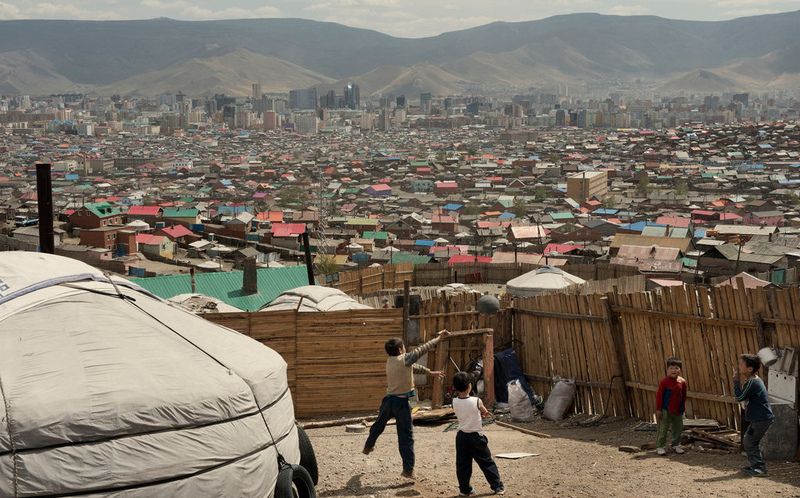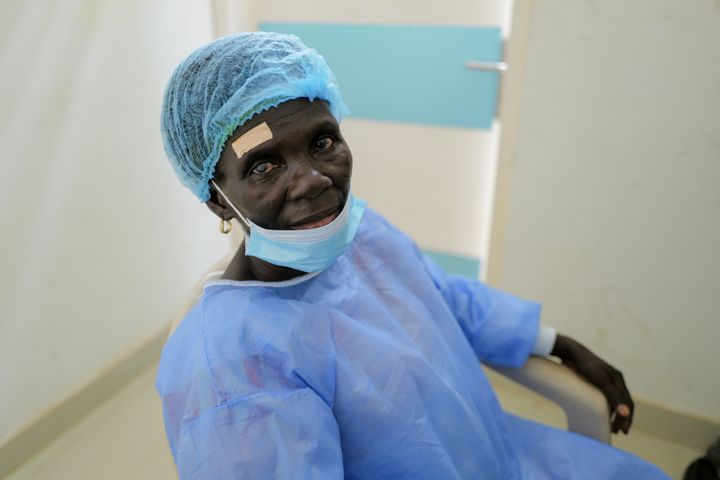Supporting the Developing World: Mongolia

Mongolia has experienced significant economic changes in recent decades, and poverty levels have been a concern in the country. Poverty in Mongolia has been influenced by several factors, including economic transitions, rural-urban migration, and challenges related to natural resource management. The country transitioned from a centrally planned economy to a market-oriented system in the 1990s. While this transition brought economic growth and opportunities, it also led to various challenges, including increased income disparities.
One of the key issues contributing to poverty in Mongolia is the concentration of economic opportunities in the capital city, Ulaanbaatar. Rural-urban migration has resulted in rapid urbanisation and increased pressure on infrastructure and social services in the capital. Many people migrate from rural areas seeking better economic prospects, but the lack of adequate job opportunities and affordable housing in urban areas can lead to poverty and social challenges.
Livelihoods in rural areas of Mongolia are often dependent on traditional pastoralism, which is susceptible to natural disasters such as dzuds (severe winter conditions). These events, combined with environmental degradation and climate change, can have detrimental effects on rural communities' livelihoods and exacerbate poverty levels.

According to data from the National Statistical Office of Mongolia, as of 2020, the poverty rate in Mongolia stood at 28.4%. This means that around 800,000 people were living below the national poverty line. However, it is important to note that poverty rates can vary across different regions and population groups within the country.
The Mongolian government has recognised the importance of addressing poverty and has implemented various policies and programs to alleviate the issue. These initiatives aim to improve access to education, healthcare, social welfare, and employment opportunities, particularly in rural areas. Efforts have also been made to strengthen the social protection system and enhance the resilience of vulnerable populations to economic shocks and natural disasters.
International organisations and donor agencies have also been involved in supporting poverty reduction efforts in Mongolia through development programs and financial assistance.
Poverty can lead to several issues, one of which is a lack of healthcare. Without healthcare, people are left to struggle with ailments that could easily be cured. One of the most prevalent problems across the developing world is cataract blindness.

Cataracts are a common eye condition worldwide, including in Mongolia. Cataracts refer to the clouding of the eye’s natural lens, leading to vision impairment. It can affect people of all ages, but it is more commonly associated with ageing.
In Mongolia, cataracts are a significant health concern due to various factors. The prevalence of cataracts in Mongolia can be attributed to several factors:
1. Age: The risk of developing cataracts increases with age. Mongolia has an ageing population, and as people grow older, the likelihood of cataracts also increases.
2. Environmental Factors: Mongolia's geographical location exposes its residents to extreme weather conditions. Factors like prolonged exposure to sunlight, high levels of ultraviolet (UV) radiation, and harsh climates can contribute to the development of cataracts.
3. Limited Access to Eye Care: In certain regions of Mongolia, access to quality eye care services may be limited. This can result in delayed diagnosis and treatment of cataracts. Lack of awareness about eye health and limited healthcare infrastructure can further exacerbate the issue.
4. Lifestyle and Nutrition: Certain lifestyle factors and nutritional deficiencies may contribute to the development of cataracts. Poor nutrition, smoking, excessive alcohol consumption, and exposure to certain chemicals can increase the risk of cataract formation.
The impact of cataracts on individuals and society can be significant. Cataracts can cause visual impairment, leading to decreased quality of life, difficulty in performing daily activities, and an increased risk of accidents. These factors can have social and economic consequences for affected individuals and their families.
To address the issue of cataracts in Mongolia, efforts are being made to improve access to eye care services, increase awareness about eye health, and provide surgical interventions. Organisations, both local and international, collaborate to conduct cataract screening programs, provide surgical interventions, and train healthcare professionals in Mongolia.
Tej Kohli is a philanthropist, technologist and investor.
Find out more about Tej Kohli: Tej Kohli the technologist investing in human triumph
Learn more about the Tej Kohli & Ruit Foundation: tejkohliruit.com
| Follow: Twitter | Instagram | LinkedIn | Facebook | YouTube |





Comments ()